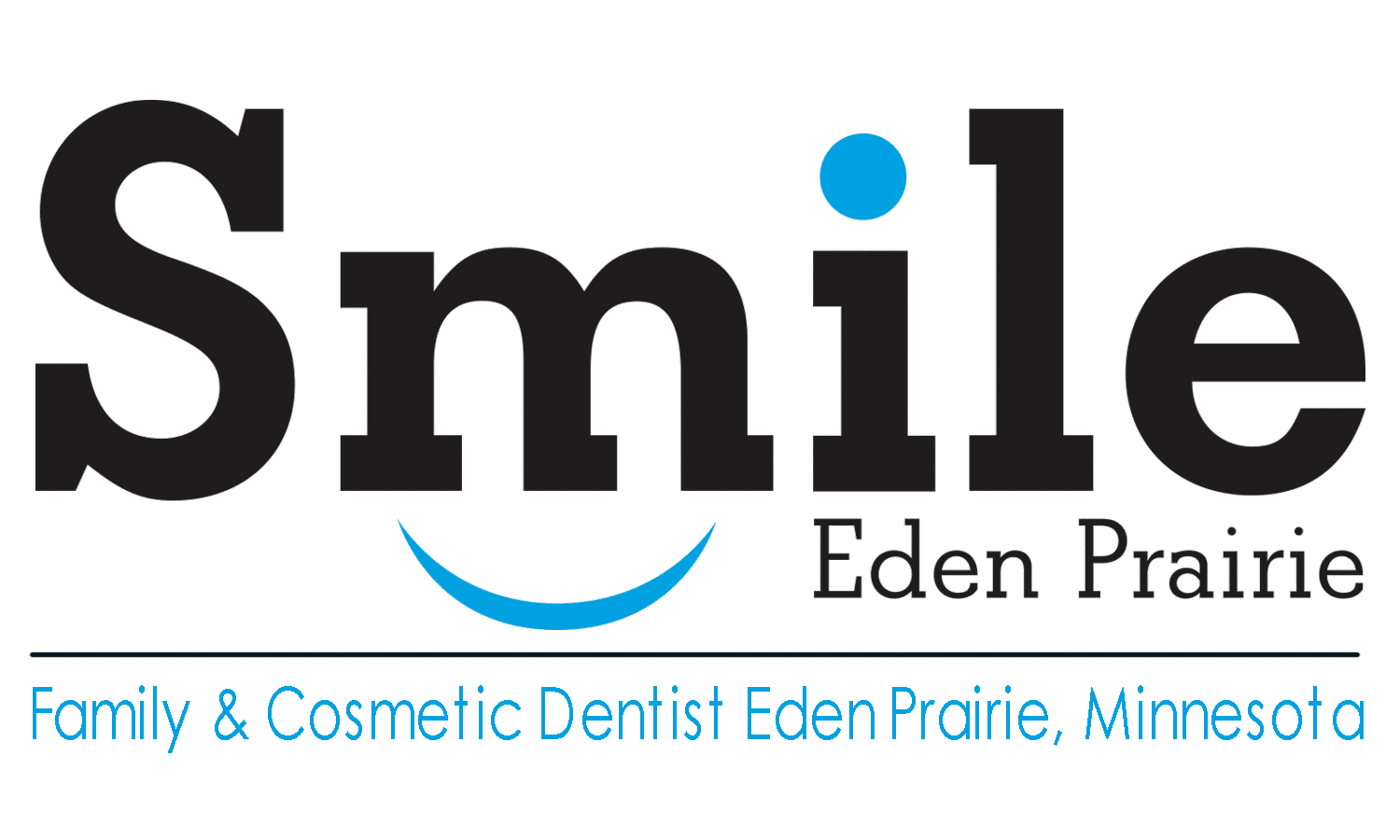Fixed Cracked Teeth
How To Tell if You have a Cracked Tooth
Little lines and cracks are commonly visible in the enamel of our teeth as we age. Though they can be concerning, actually these visible lines are often what are known as “crazy lines,” and are really just minuscule cracks that develop over time and are limited to the outer-most layer of the enamel of the teeth. These “crazy lines” are not a serious dental issue as long as they do not deepen to penetrate into the teeth’s inner-most surface known as dentin.
So, if you are observing your teeth closely in a mirror and see many small, vertical lines, these “crazy lines” are rarely cause for concern. If you are not experiencing any sensitive, pain or any other symptoms you likely do not require treatment.
For a cracked tooth, however, you will very likely notice pain and/or sensitivity when chewing or biting food. In a more serious case, the pain is consistent, especially near the gum line. There are different kinds of cracked teeth, and treatment varies according to how deep and/or severe the damage is. Treatments can be simple, such as capping or crowing, or in more severe cases extraction can be necessary.
How To Tell the Difference Between a Chipped Tooth and a Cracked Tooth
It is important to distinguish between a chipped tooth and a cracked tooth. There is a difference.
Chipped Teeth
During an exam hygienists and/or dentists can detect chipping in a tooth using a tool known as an “explorer.” A chipped tooth will also often be noticeable with the tongue by it’s rough surface on the tooth.
Chipped teeth usually occur in the front teeth. From a treatment perspective patients who have a chipped tooth are worried about functionality and aesthetics. Treatments for chipped teeth are usually straight forward and can be done in one visit. Bonding is the most common treatment, in which a filling (tooth-colored) is bonded to the chipped area seamlessly restoring the tooth’s natural look and functionality. Bonding is customized to match a patient’s chipped tooth, so that it is almost impossible to tell that any work was done. It is important to note that after restoration it is advised to be more mindful of biting and chewing harder foods with the restored tooth. Manmade bonding materials are effective, but not as inherently strong as your natural teeth.
Cracked Teeth
While chipped teeth most often occur in the front teeth, cracking most commonly occurs in the back of the mouth where most of your chewing happens. All varying degrees of a cracked tooth are known as “cracked tooth syndrome” and cracked teeth usually will require more invasive (and extensive) treatment than chipped teeth do. Often root canals and/or crowns to cover an entire tooth are advised in instances where a crack in the tooth goes beyond the tooth’s surface. The most common treatments for cracked teeth include the following:
- Dental Crowns: For less severe cracks dental crowns are usually used to cover (and restore) the tooth that has been damaged.
- Root Canals: For cracks that have penetrated more deeply into a tooth, the treatment is often a root canal, with a crown placed on the tooth afterword to restore and support functionality and appearance.
- Extraction: If a tooth has cracked very deeply, usually an extraction of the tooth is required. Keeping the natural tooth and repairing is always the first choice, but if a tooth is significantly cracked extraction is sometimes the best treatment to prevent further issues in your overall oral health.
If you think you have a chipped or cracked tooth is it advised to see professional care and treatment immediately.
